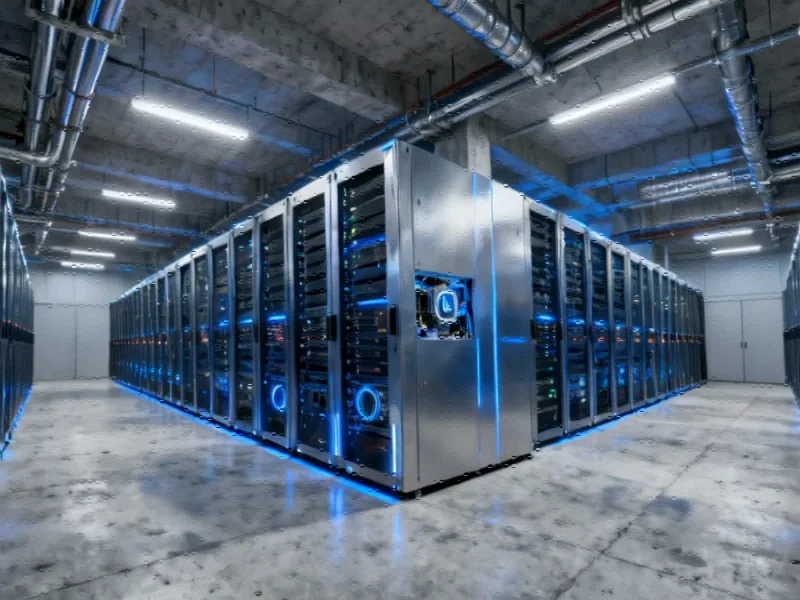Unlocking Capital Investment in Manufacturing
As we approach 2026, manufacturing leaders face a critical juncture in capital allocation decisions. After years of cautious spending, several converging factors are creating new imperatives for strategic investment. The question isn’t whether to invest, but where and how to deploy resources for maximum competitive advantage in an increasingly complex global landscape.
Geopolitical Realignment Reshapes Supply Chains
The manufacturing sector continues to navigate significant global trade dynamics that are fundamentally altering traditional supply chain models. Rather than pure cost optimization, manufacturers are now prioritizing resilience and regionalization. This shift is driving investment in nearshoring capabilities and dual sourcing strategies that can withstand geopolitical disruptions while maintaining operational efficiency.
Recent critical minerals partnerships between major economies highlight how strategic resource security is becoming a cornerstone of manufacturing investment planning. These agreements are creating new opportunities for manufacturers to secure essential inputs while supporting broader economic and national security objectives.
Technology Integration as Investment Catalyst
The acceleration of digital transformation represents perhaps the most significant driver of manufacturing investment. Companies that delayed technology upgrades during previous economic uncertainty now face mounting pressure to modernize. From AI-driven predictive maintenance to fully automated production lines, technological capabilities are becoming table stakes rather than competitive differentiators.
According to industry experts forecasting manufacturing investment, companies that strategically combine advanced robotics with human expertise are achieving productivity gains of 30-50% in targeted operations. This compelling return profile is helping break the capital spending logjam that has constrained manufacturing modernization.
Financial Volatility and Investment Timing
Manufacturers must navigate an increasingly complex financial landscape as they plan major capital expenditures. Recent earnings volatility among industrial leaders underscores the importance of strategic timing and flexible investment approaches. Companies are developing more sophisticated financial models that account for multiple economic scenarios while maintaining the agility to accelerate or defer projects based on market conditions.
Workforce Transformation and Human Capital Investment
Beyond equipment and technology, forward-thinking manufacturers are making significant investments in workforce development. The integration of advanced technologies requires new skill sets, prompting companies to establish comprehensive training programs and partnerships with educational institutions. This human capital investment is proving essential for maximizing returns on technological upgrades.
Emerging collaborations between technology providers and workforce organizations demonstrate how industry is addressing the skills gap through innovative partnerships. These initiatives are creating new pathways for workers to transition into high-value manufacturing roles while ensuring companies have the talent needed to operate advanced production systems.
Strategic Considerations for 2026 Planning
As manufacturing executives develop their 2026 investment strategies, several key considerations emerge:
- Balanced Portfolio Approach: Successful manufacturers are allocating capital across both defensive investments (resilience, automation) and offensive opportunities (new capabilities, market expansion)
- Modular Implementation: Rather than comprehensive transformation, many companies are pursuing phased technology adoption that delivers quick wins while building toward long-term objectives
- Ecosystem Partnerships: Collaborative relationships with suppliers, technology providers, and even competitors are becoming essential for sharing risk and accelerating innovation
- Sustainability Integration: Environmental considerations are increasingly central to investment decisions, driven by both regulatory requirements and market opportunities
Monitoring broader industry developments and market trends provides essential context for strategic planning. Similarly, staying informed about related innovations and recent technology partnerships helps manufacturers anticipate emerging opportunities and challenges.
Conclusion: A New Era of Strategic Investment
The manufacturing investment landscape of 2026 represents a significant departure from previous cycles. Rather than simply increasing capacity, today’s capital allocation decisions must balance multiple objectives: technological advancement, supply chain resilience, workforce development, and sustainability. Companies that approach these challenges with strategic clarity and execution discipline will be positioned to thrive in the evolving manufacturing ecosystem.
The breaking of the capital spending logjam reflects not just improving economic conditions, but a fundamental recognition that strategic investment is no longer optional. In an era of rapid technological change and geopolitical uncertainty, the manufacturers who invest wisely today will define the competitive landscape of tomorrow.
This article aggregates information from publicly available sources. All trademarks and copyrights belong to their respective owners.
Note: Featured image is for illustrative purposes only and does not represent any specific product, service, or entity mentioned in this article.



